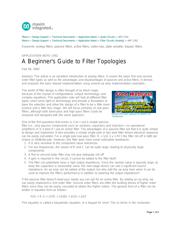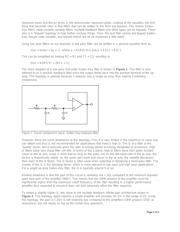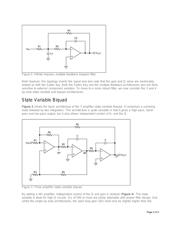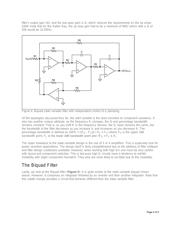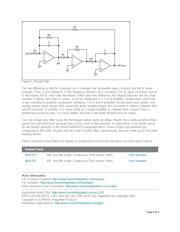Datasheet 搜索 > 有源滤波器 > Maxim Integrated(美信) > MAX275BEWP+ 数据手册 > MAX275BEWP+ 产品设计参考手册 1/5 页
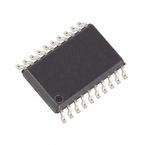
 器件3D模型
器件3D模型¥ 84.934
MAX275BEWP+ 产品设计参考手册 - Maxim Integrated(美信)
制造商:
Maxim Integrated(美信)
分类:
有源滤波器
封装:
SOIC-20
描述:
有源滤波器 4th & 8th Order Continuous-Time
Pictures:
3D模型
符号图
焊盘图
引脚图
产品图
MAX275BEWP+数据手册
Page:
of 5 Go
若手册格式错乱,请下载阅览PDF原文件

Attend this brief webcast by Maxim on
TechOnline
Maxim > Design Support > Technical Documents > Application Notes > Audio Circuits > APP 1762
Maxim > Design Support > Technical Documents > Application Notes > Filter Circuits (Analog) > APP 1762
Keywords: analog filters, passive filters, active filters, sallen-key, state variable, biquad, filters.
APPLICATION NOTE 1762
A Beginner's Guide to Filter Topologies
Feb 04, 2003
Abstract: This article is an excellent introduction to analog filters. It covers the basic first and second
order filter types as well as the advantages and disadvantages of passive and active filters. It derives
and analyzes the basic biquad implementation using several op amp implementation examples.
The world of filter design is often thought of as black magic
because of the myriad of configurations, unique terminology, and
complex equations. This application note will look at different filter
types, shed some light on terminology and provide a foundation to
base the selection and allow the design of a filter to be a little more
science and a little less magic. We will focus primarily on low-pass
filters, although both band-pass and high-pass filters could be
analyzed and designed with the same approach.
One of the first questions that arises is: Can I use a simple passive
filter (i.e., only passive components such as resistors, capacitors and inductors—no operational
amplifiers) or is it best if I use an active filter. The advantages of a passive filter are that it is quite simple
to design and implement. It also provides a simple single pole or two pole filter whose electrical response
can be easily calculated. For a single pole low-pass filter, fc = 1/(2 × π × RC) the filter roll-off is 6dB per
octave or 20dB/decade. However, this filter does have some noticeable drawbacks:
1. It is very sensitive to the component value tolerances.
2. For low frequencies, the values of R and C can be quite large, leading to physically large
components.
3. A first or second-order filter may not give adequate roll-off
4. If gain is required in the circuit, it cannot be added to the filter itself.
5. The filter can potentially have a high output impedance. Since the resistor value is typically large, to
keep the capacitors a reasonable value, the next stage device can see a significant source
impedance. An op amp can be added at the output, but why add the op amp here when it can be
used to improve the filter's performance in addition to lowering the output impedance?
If the passive filter doesn't meet your needs you can opt for an active filter. By adding an op amp, we
can easily implement a 2nd order filter. Second order filters are often the building blocks of higher order
filters since they can be easily cascaded to obtain the higher orders. The general form of a filter can be
written in equation form as follows:
H(s) = K (s + z1)(S + z2)/[(s + p1)(s + p2)]
This equation is called a biquadratic equation, or a biquad for short. The zn terms in the numerator
Page 1 of 5
器件 Datasheet 文档搜索
AiEMA 数据库涵盖高达 72,405,303 个元件的数据手册,每天更新 5,000 多个 PDF 文件
